Government Initiatives and Funding
Government initiatives and funding aimed at improving transportation infrastructure are pivotal drivers for the Tunnel Monitoring System Market. Many governments are launching programs to enhance public transportation systems, which often include the construction of new tunnels. These initiatives are frequently supported by substantial funding, which facilitates the adoption of advanced monitoring technologies. For instance, various countries have allocated billions of dollars to infrastructure projects, emphasizing the importance of safety and efficiency. This financial backing not only accelerates the construction of tunnels but also promotes the integration of sophisticated monitoring systems. As a result, the Tunnel Monitoring System Market is likely to benefit from these government-led initiatives, leading to increased investments in monitoring solutions.
Urbanization and Population Growth
The trend of urbanization and population growth is driving the Tunnel Monitoring System Market. As cities expand and populations increase, the demand for efficient transportation systems intensifies. Tunnels are often a preferred solution for urban transportation, as they minimize surface disruption and enhance traffic flow. According to projections, urban populations are expected to grow significantly in the coming years, leading to an increased need for tunnel construction and maintenance. This growth necessitates the implementation of robust monitoring systems to ensure the safety and longevity of tunnel infrastructure. Consequently, the Tunnel Monitoring System Market is poised for growth as urban planners and engineers prioritize the integration of monitoring technologies in their projects.
Increasing Infrastructure Development
The ongoing expansion of infrastructure projects worldwide is a primary driver for the Tunnel Monitoring System Market. Governments and private entities are investing heavily in transportation networks, including roads, railways, and subways, which necessitate the construction of tunnels. According to recent data, the global infrastructure investment is projected to reach trillions of dollars over the next decade. This surge in infrastructure development creates a pressing need for effective monitoring systems to ensure safety and operational efficiency. Tunnel Monitoring Systems play a crucial role in assessing structural integrity, detecting potential hazards, and facilitating timely maintenance. As such, the demand for these systems is likely to rise in tandem with infrastructure projects, thereby propelling the Tunnel Monitoring System Market forward.
Rising Awareness of Safety and Risk Management
The increasing emphasis on safety and risk management in construction and transportation sectors is a significant driver for the Tunnel Monitoring System Market. Stakeholders are becoming more aware of the potential risks associated with tunnel operations, including geological hazards and structural failures. As a result, there is a growing demand for comprehensive monitoring solutions that can provide real-time insights into tunnel conditions. Regulatory bodies are also imposing stricter safety standards, further necessitating the adoption of advanced monitoring systems. The market is witnessing a shift towards proactive risk management strategies, with investments in monitoring technologies expected to rise. This heightened focus on safety is likely to bolster the Tunnel Monitoring System Market as organizations seek to mitigate risks and ensure compliance with safety regulations.
Technological Advancements in Monitoring Solutions
The rapid evolution of technology is significantly influencing the Tunnel Monitoring System Market. Innovations such as IoT, AI, and advanced sensor technologies are enhancing the capabilities of monitoring systems. These advancements allow for real-time data collection and analysis, improving the accuracy and reliability of monitoring processes. For instance, the integration of AI algorithms can predict potential structural failures before they occur, thereby reducing risks and costs associated with tunnel maintenance. The market for smart monitoring solutions is expected to grow substantially, with estimates suggesting a compound annual growth rate of over 10% in the coming years. This trend indicates a strong shift towards more sophisticated monitoring systems, which will likely drive the Tunnel Monitoring System Market.

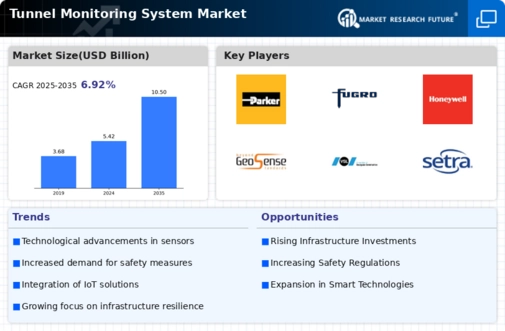
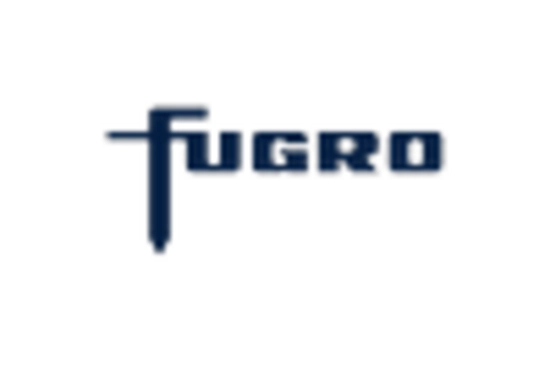
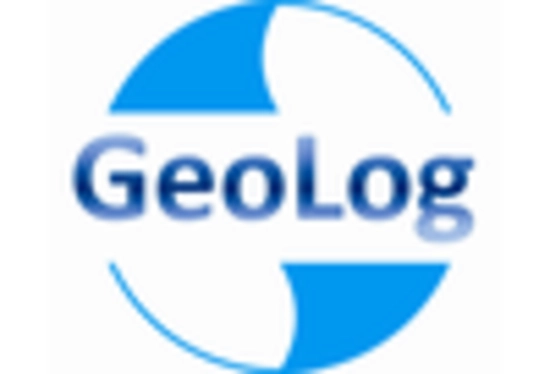
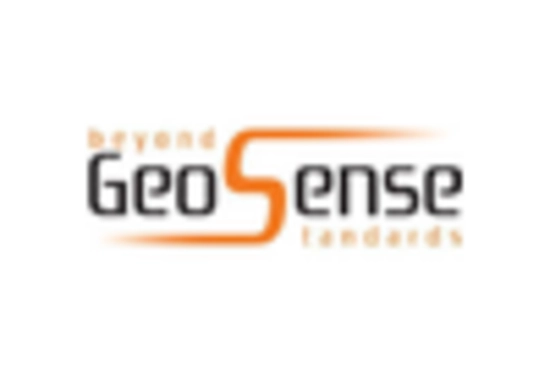
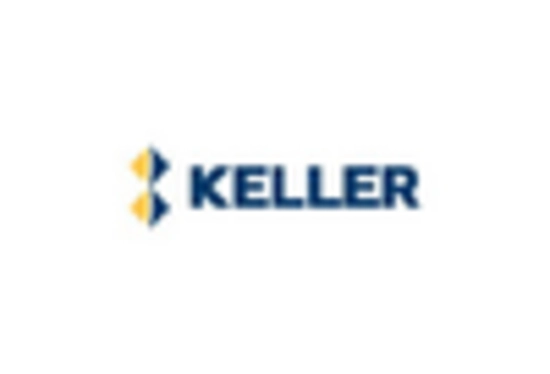

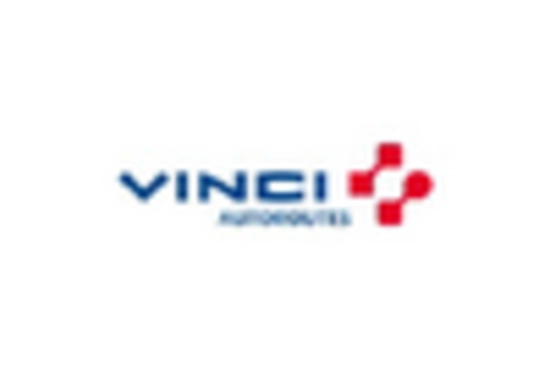








Leave a Comment